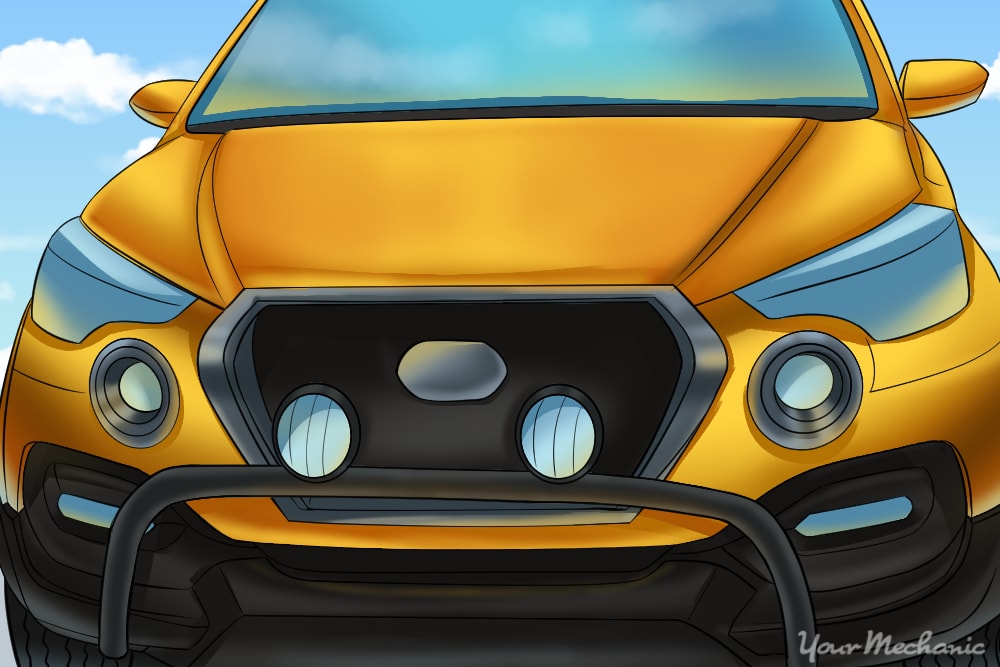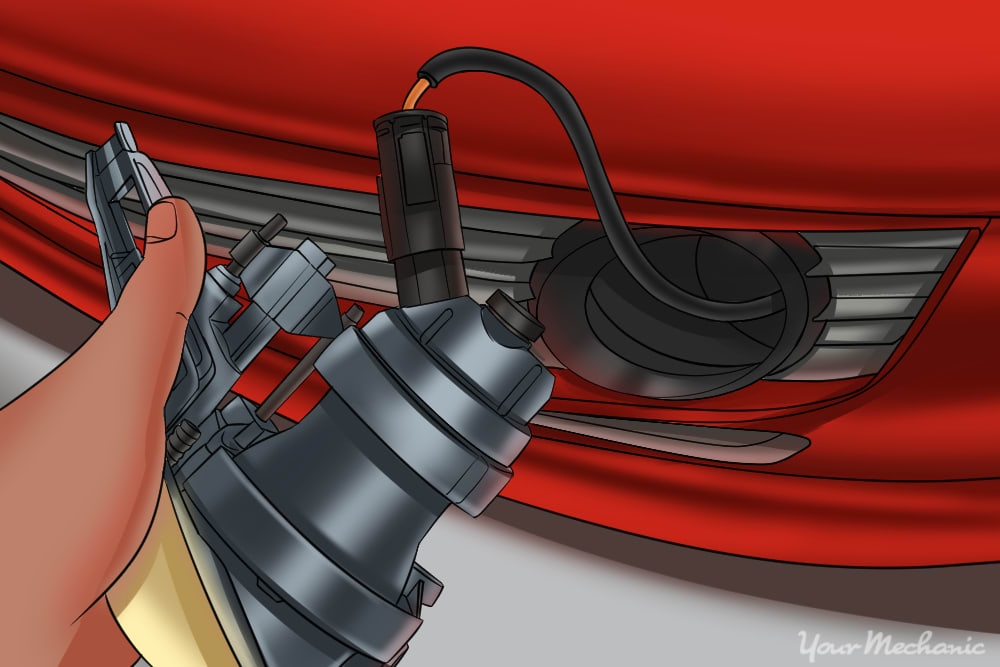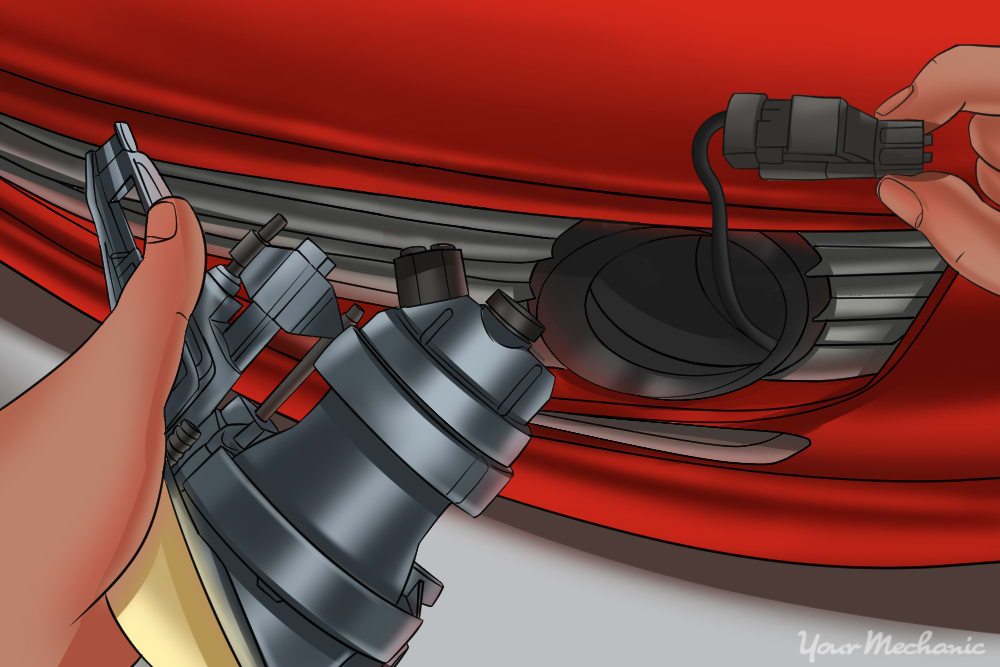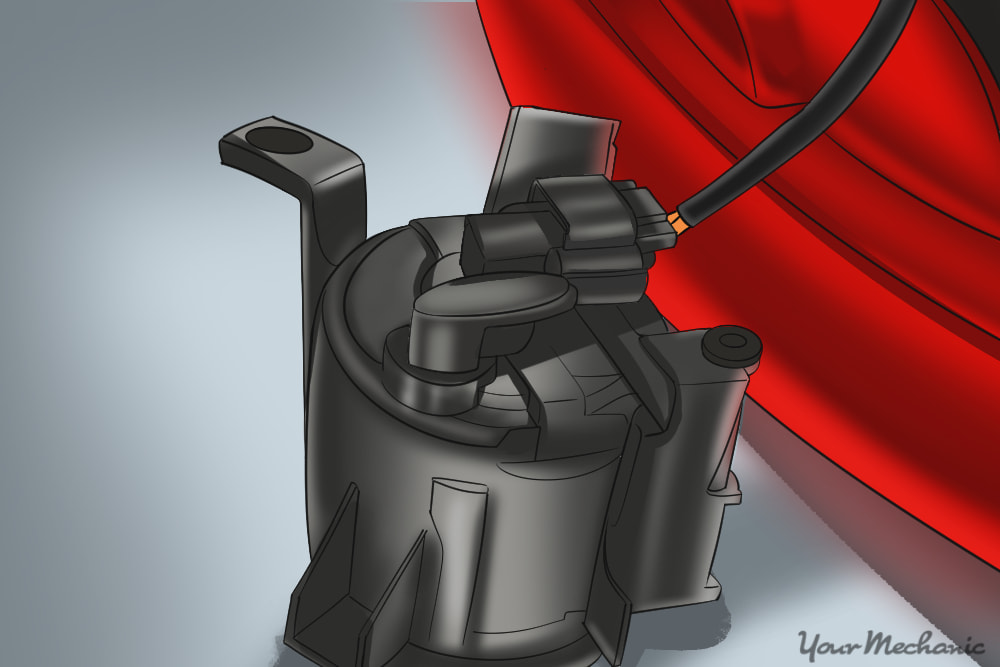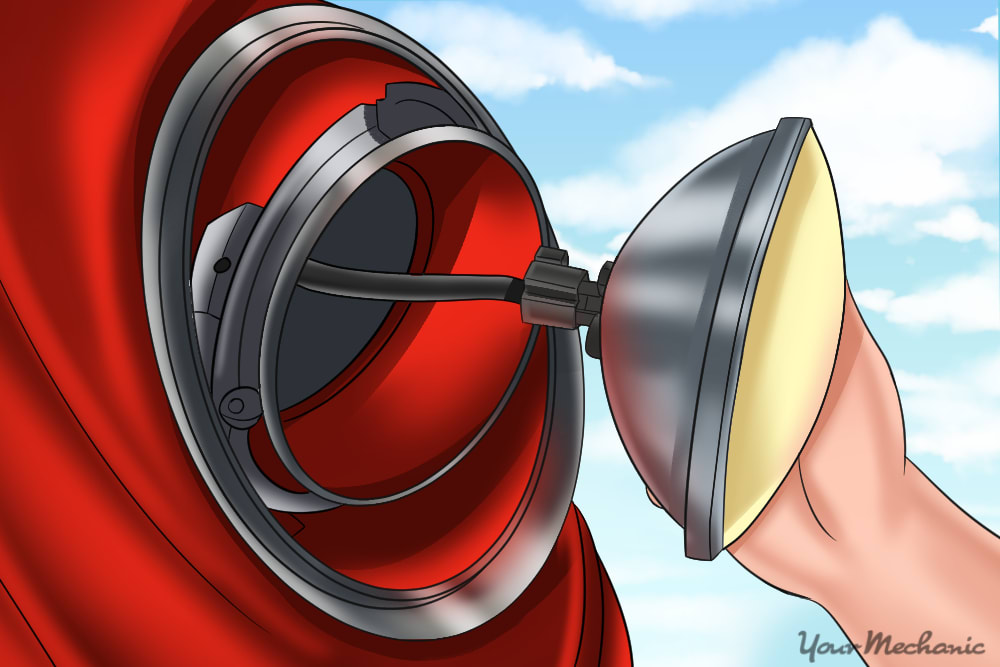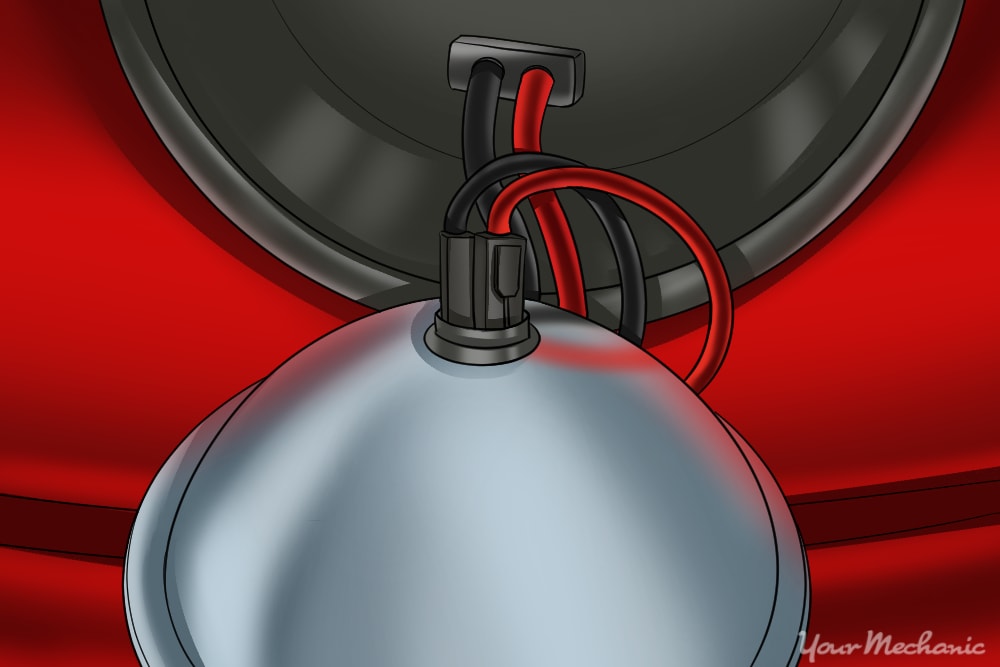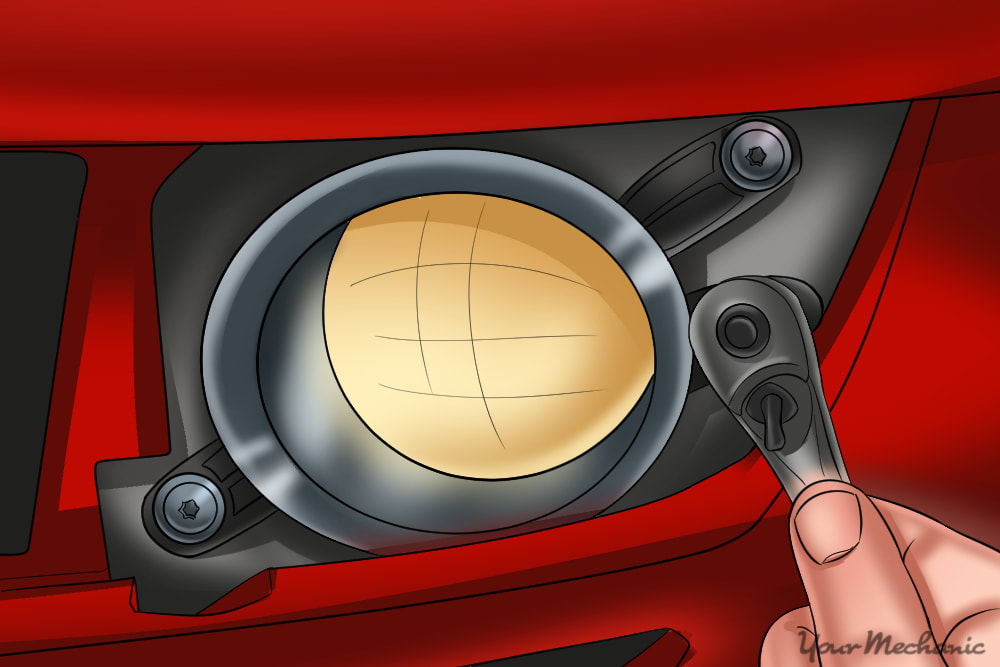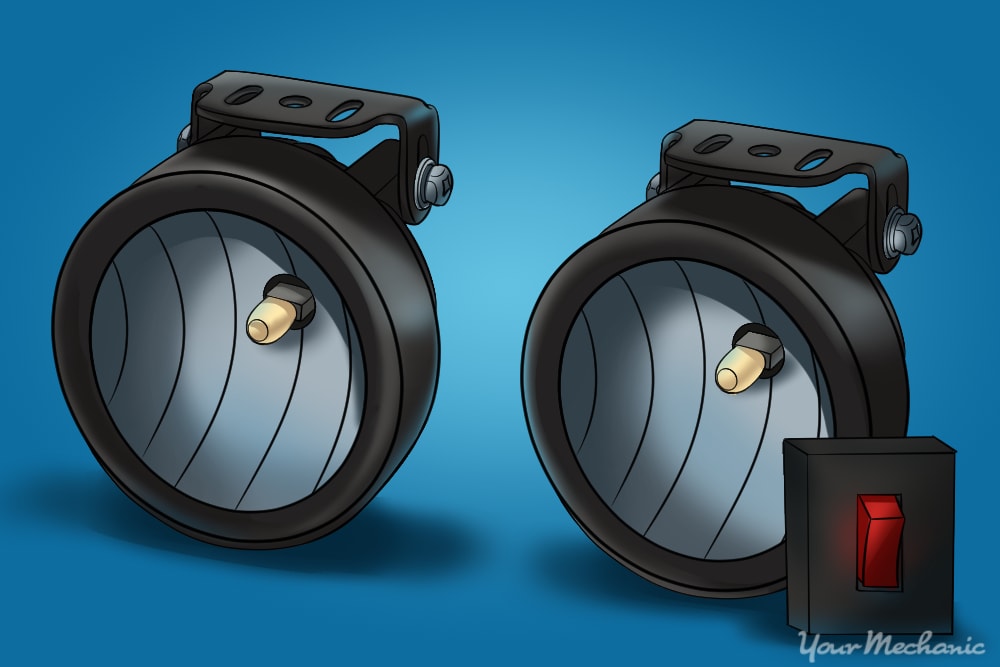

Fog and driving lights are types of auxiliary lighting. They can be factory installed or bought by the average person and installed on a vehicle as an aftermarket addition. There is a myriad of different types and configurations for fog lights and driving lights. This content in this article should cover most of the different types, and the basics it outlines should get the job done.
Fog lights were originally intended to aid with vision when there was fog present. For this reason, most manufacturers typically mount the fog lights in the front bumper or on the lower valance. Fog is normally less dense the closer you get to the ground. This is the biggest reason fog lights are normally mounted lower on the front of the car than the other lights. The light is able to penetrate the less dense fog at the lower level and is able to project its beam much further.
The field of view for the driving lights comes in especially handy when driving in more rural areas where there is a high concentration of wildlife. The extended field of view offered by driving lights help to give a little bit of extra time when it comes to avoiding these hazards.
Fog and driving lights are typically mounted to a vehicle in one of two ways. They can either be installed directly into the front bumper or lower valance, which is most commonly found in factory installations, or they can be a stand alone mounting, which is most commonly found in aftermarket installations. Some of the symptoms that fog lights may need to be replaced whenever you notice flickering or dimness or when the lights do not come on at all.
With technology being what it is today, bulb life has improved significantly over the years. With this said, they still won’t last forever and will need to be replaced eventually. This article will cover the most common ways to change the bulbs in either fog or driving lights.
Method 1 of 2: Changing fog or driving light bulbs integrated into the front bumper
Materials Needed
- Screwdriver set
- Socket set
Step 1: Identify fog or driving light bulb that needs replacement. Turn the fog or driving lights on.
It may be necessary to turn the ignition key to the “run” position before the lights come on. Walk around to the front of the vehicle and make note of which light needs to be replaced.
Step 2: Remove fog or driving light bulb from the back of the housing. Gain access to the back of the housing on the desired fog or driving light.
It may be necessary to get to the bulb from the top in the engine bay or from the bottom, depending on which bulb is being replaced and its mounting position. Gently turn the bulb ¼ to ½ turn, counter-clockwise, and gently pull out to separate the bulb from the housing.
Step 3: Disconnect the electrical connector from the fog or driving light bulb. This is typically accomplished by squeezing the lock tab and gently pulling the plug from the bulb.
Step 4: Confirm replacement fog or driving light bulb is correct. Visually inspect the replacement fog or driving light bulb.
Compare it to the bulb that was removed to be sure it is the correct replacement. Most bulbs will have a model or type number around its base.
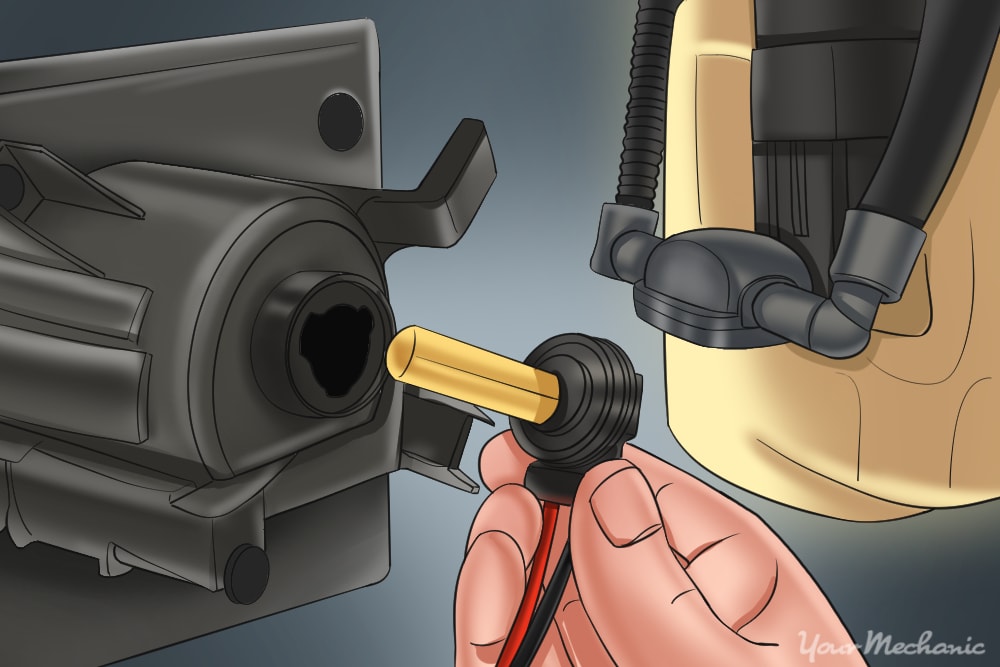
Step 5: Install replacement bulb into housing. It is typically easier to get the bulb installed back into the housing before plugging the electrical connector back into the bulb.
Note: Fog and driving light bulbs can typically only be installed in one certain orientation. The tabs will only line up one way before you are able to turn it the ¼ to ½ turn to lock it into position.
Warning: Halogen bulbs operate at very high temperatures. It is very important not to touch the glass on the bulb, as this will deposit oil from your hand onto the glass causing a “hot spot” and the bulb to fail prematurely. If contact is made, clean the glass with alcohol or another suitable degreaser. Allow the bulb to dry completely and then reinstall.
Step 6: Plug in the electrical connector. Plug the electrical connector back into the bulb, paying attention that the orientation is correct and that the connector fully seats.
Once the connector is fully seated, it should allow the retaining tab to engage.
Step 7: Verify function of replacement fog or driving light bulb. Turn ignition key to the “run” position.
Turn the fog or driving lights on. Go to the front of the vehicle and verify that the replacement bulb is working.
Step 8: Reinstall anything removed during disassembly process. Once the replacement is successful, reinstall anything that was removed in order to access the fog or driving light.
Method 2 of 2: Replacing a fog or driving light bulb on self-contained units
Materials Needed
- Allen wrench set
- Screwdriver set
- Socket set
- Torx wrench set
Step 1: Identify fog or driving light bulb in need of replacement. Turn the fog or driving lights on.
It may be necessary to turn the ignition key to the “run” position before the lights will come on. Walk around to the front of the vehicle and make note of which light needs to be replaced.
- Note: Some modern fog or driving lights use a type of bulb that requires using the procedure in method 1 above. In method 2, we will focus on the sealed beam type of bulb.
Step 2: Remove retaining/trim ring from front of fog or driving light housing. The face of the fog or driving light is held on with any number and type of fasteners.
This can be any number of screws, bolts, or nuts that need to be removed to gain access to the bulb.
- Warning: Be sure the ignition switch has been turned off and the switch is in the off position. Some fog and driving light systems operate on a high voltage system and an accidental shock from these systems can result in bodily injury.
Step 3: Separate the bulb from the housing. With all of the retaining hardware removed, gently pull the fog or driving light face away from the housing.
The sealed beam may also become loose at this point, so be sure it doesn’t drop out of the housing and break. Pull the bulb from the housing, far enough the expose the electrical connector.
Step 4: Unplug electrical connector. Some sealed beam fog and driving light bulbs use a connector with a retainer on it, and others use a push on fitting or static fit connector.
With all of the wiring and the bulb contained in a housing unexposed to the elements, a retainer on the electrical plug is not usually necessary.
Step 5: Compare the replacement bulb to the one removed. Compare the replacement fog or driving light bulb to the one that was removed.
Be sure it is the same diameter and has the same number of connector pins, and are in the same layout as the original.
Step 6: Plug the electrical connector into the replacement bulb. Be sure to seat the connector all the way down onto the terminals.
If the connector has a retaining tab, be sure that the retainer is engaged when installed.
Step 7: Install replacement fog or driving light bulb into housing. Paying attention to the orientation of the replacement bulb, gently reinstall the replacement bulb back into the housing.
Be careful not to pinch the wiring between the bulb and the housing during reinstallation.
Step 8: Install the fog or driving light retaining bezel. While holding the fog or driving light bulb in place inside the housing, place the bezel back onto the face of the fog or driving light.
Once the bezel is back in position, hold everything in place by the bezel while you reinstall the retaining hardware.
Step 9: Verify operation of replacement fog or driving light. With everything reinstalled, turn the ignition to the “run” position and turn the switch on for the fog or driving lights.
Walk around to the front of the vehicle and verify that the lights are now working.
Whether you are using your auxiliary lighting during adverse weather conditions, travelling down a dark rural roadway, or just want the appearance that fog and driving lights offer, proper maintenance is necessary. If at any point you feel that you could use a hand replacing a fog or driving light bulb, contact one of YourMechanic’s professional technicians.



